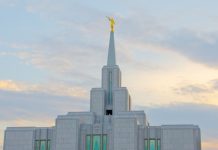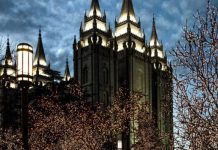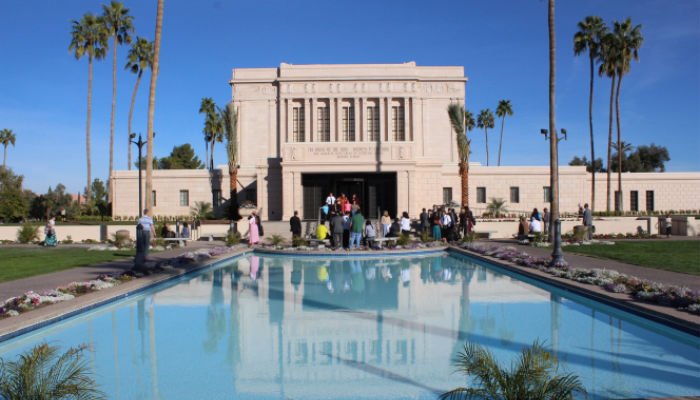
Saints all over the world rejoice at the announcement of new temples. Having a temple close can bring countless blessings to individuals, communities, and families.
This General Conference, President Nelson announced 8 new temples to be built in Freetown, Sierra Leone; Orem, Utah; Port Moresby, Papua New Guinea; Bentonville, Arkansas; Bacolod, Philippines; McAllen, Texas; Cobán, Guatemala; Taylorsville, Utah.
Currently, there are 166 Temples dedicated, 14 under construction, and 37 announced. But how do they decide where to build them and what is the building process like?
Requirements for a Temple
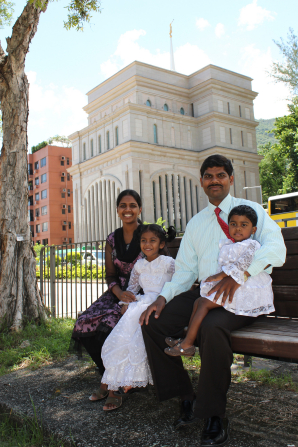
Before plans for a new temple are announced in General Conference, the First Presidency and Apostles fast and pray to know where there is a need for a temple. From what I have found there are no specific requirements in regards to the number of members, priesthood holders, stakes or districts, etc. for an area to be eligible for a temple.
The church notes that “around eighty-five percent of members live within 200 miles (320 km) of a temple,” so often times temples are built where there are large distances between temples.
However, areas like Utah are quite saturated in the number of temples because of the number of members available to do the work in those areas.
Land and Plans
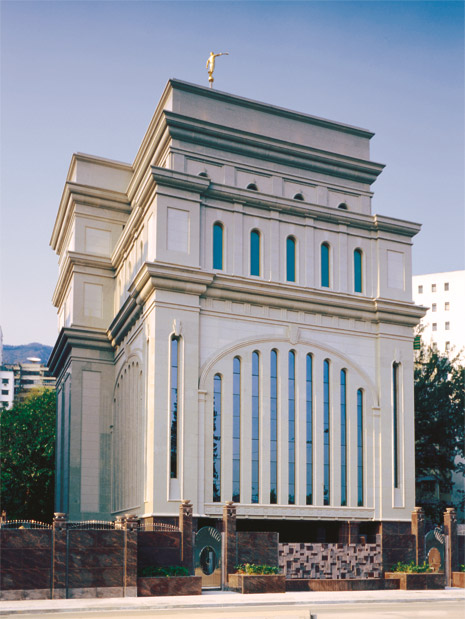
The Church will not begin building a temple unless there are existing funds to pay for the temple as it is built. In other words, the Church does not rely on mortgages or other types of financing to pay for its temples.
The brethren take into consideration the Church’s relationship with the community where the temple will be built. The architecture of the surrounding area and its culture are considered so the temple will be a beautiful addition to the community.
Builders and designers focus on “sustainable design,” described as steps taken “to make the environmental systems, the mechanical systems energy efficient, to make the interior materials have longevity so that they don’t wear out straight away.” That also includes conserving water, “because it makes [the] long-term cost less.”
Members of the First Presidency are involved in every step of the temple building process. For example, in 1992, President Gordon B. Hinckley arrived in Hong Kong China, to approve a temple site.
“After visiting six different locations, President Hinckley discussed his feelings with the local stake presidents and decided that none of the locations would work. At 6:45 a.m. President Hinckley called the Area Presidency and asked to meet in his hotel room at 8:00 a.m. After they arrived, President Hinckley “then shared, on a sheet of white paper, a detailed drawing. During the night, he had envisioned a building of about eight floors above ground, with the temple on the top floors and other functions housed on the lower floors. This concept of multiple use, President Hinckley explained, would depart from tradition in that all other temples in the Church at that time were stand-alone buildings.”
Construction
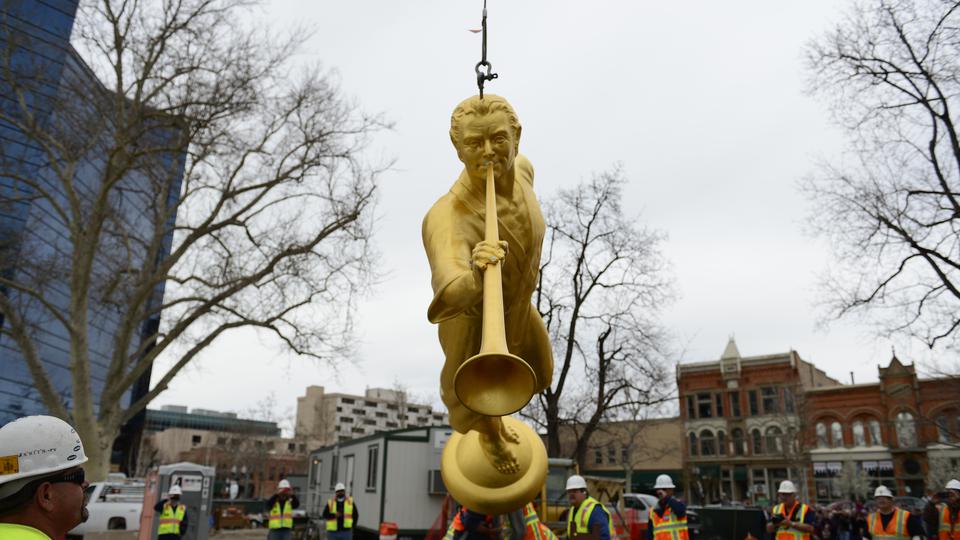
Temples are meant to be “long-lasting, beautiful tributes to God,” so during the building process, the Church seeks out the highest quality materials and contractors.
The construction crews working on a temple site do not have to be members of the Church, but they are asked to adhere to a few standards because of the sacredness of the site they are working on.
Depending on the area, the construction process can take anywhere from 2-4 years.
Jared Doxey, the director of architecture, engineering, and construction in the Church’s Physical Facilities Department, says “the complexity of the temple design requires the very best that most workers have ever had to give on a project.”
Related: The 11 Most Interesting Things About LDS Temples You Might Not Have Known
Openhouse and Dedication

Once construction is completed and standards are met, the public is invited to take free tours of the new temple during the open house, which generally goes on for a few weeks.
Many people, members and non-members alike, wonder what goes on inside these temples. While an open house is not an opportunity to witness sacred ceremonies, it is a time to enter and see before the temple is dedicated and to learn more about Latter-day Saint practices and beliefs.
Not long after the open house has finished, the temple is dedicated by a church leader, normally a member of the First Presidency. Once this dedication has taken place, only Latter-day Saint members who live up to the Church’s highest standards can enter.
Watch “The Process of Building a Mormon Temple”:


